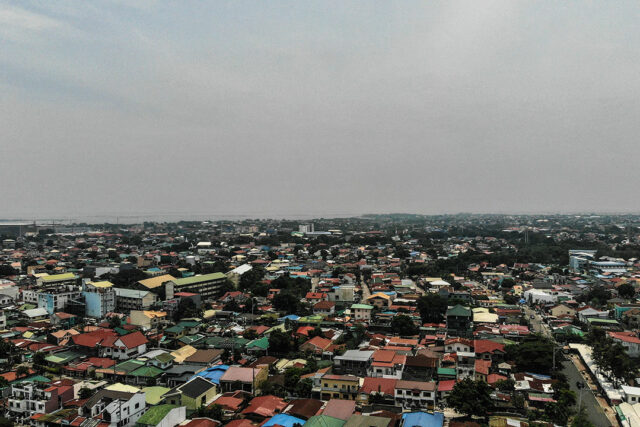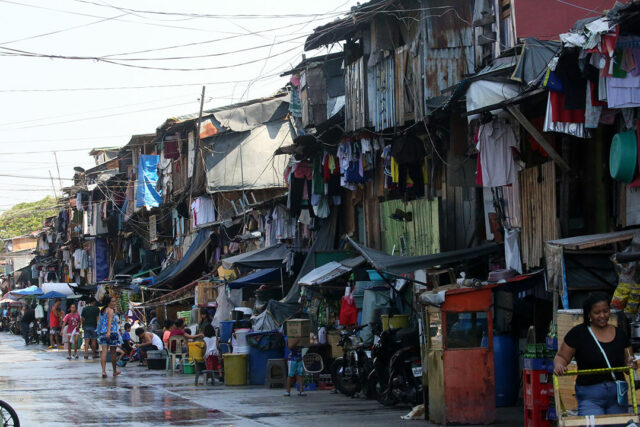DOHA – US Secretary of State Antony Blinken sought during a whirlwind trip to the Middle East to inject urgency into efforts to broker a Gaza ceasefire deal, but departed the region on Tuesday with an agreement between Israel and Hamas still elusive.
Mr. Blinken and mediators from Egypt and Qatar have pinned their hopes on a US “bridging proposal” aimed at narrowing the gaps between the two sides in the 10-month-old war, after negotiations last week paused without a breakthrough.
The deal “needs to get done, and it needs to get done in the days ahead, and we will do everything possible to get it across the finish line,” Mr. Blinken told reporters in Doha before departing for Washington.
A senior Biden administration official travelling with Mr. Blinken said the US expects the ceasefire talks to continue this week.
Mr. Blinken travelled to Egypt for talks on Tuesday with President Abdel-Fattah El-Sisi and then to Qatar.
After meeting with Prime Minister Benjamin Netanyahu on Monday, Mr. Blinken said Israel had accepted the proposal and urged Hamas to do the same. The Palestinian group has not explicitly rejected it, but says it overturns previously agreed terms.
Mr. Blinken was asked in Qatar about Israeli troop withdrawal terms within the ceasefire framework and about an Axios report that quoted Netanyahu as saying he may have convinced Blinken that Israel should keep troops in the Philadelphi Corridor between Egypt and Gaza.
“The United States does not accept any long-term occupation of Gaza by Israel,” Mr. Blinken said. “More specifically, the agreement is very clear on the schedule and the locations of (Israel Defense Forces) withdrawals from Gaza, and Israel has agreed to that. So that’s as much as I know. That’s what I’m very clear about.”
Mr. Blinken did not comment directly on the Axios report, a post on social media site X. Netanyahu’s office did not respond to a request for comment.
Both Hamas and Egypt oppose Israel keeping troops in the Philadelphi Corridor, but Netanyahu has insisted they are needed to stop weapons being smuggled into Gaza. A senior US official disputed the Axios report earlier on Tuesday.
Egyptian security sources said the US has proposed an international presence in the Philadelphi Corridor area, a suggestion the sources said could be acceptable to Cairo if limited to a maximum of six months.
“The ceasefire in Gaza must be the beginning of broader international recognition of the Palestinian state and the implementation of the two-state solution, as this is the basic guarantor of stability in the region,” Mr. Sisi said after meeting Mr. Blinken.
‘LAST OPPORTUNITY’
At stake in the talks is the fate of tiny, crowded Gaza, where Israel’s military campaign has killed more than 40,000 people since October according to Palestinian health authorities, and of the remaining hostages being held there.
The war in Gaza began on Oct. 7, when Hamas gunmen stormed into Israeli communities and military bases, killing around 1,200 people and abducting about 250 hostages, according to Israeli tallies.
Mr. Blinken has called the latest push for a deal “probably the best, possibly the last opportunity”, and said his meeting with Mr. Netanyahu was constructive. He said it was incumbent on Hamas to accept the bridging proposal.
Asked about Mr. Blinken’s comment, senior Hamas official Sami Abu Zuhri told Reuters: “Blinken is insisting on not quitting the sphere of lies, and that is one of the reasons for the failure of efforts to reach an agreement.”
Qatar’s foreign minister told Mr. Blinken his country is committed to its role as a mediator in the ceasefire talks, along with Egypt and the US
In a phone call, Sheikh Mohammed bin Abdulrahman Al Thani stressed to Mr. Blinken the importance of consolidating regional and international efforts to reach a Gaza ceasefire and a hostage-prisoner swap deal, Qatar’s foreign ministry said.
Both men underscored that the bridging proposal presented by negotiators addressed the remaining gaps in a manner that allows for swift implementation of the deal, US State Department deputy spokesperson Vedant Patel in a statement.
Officials from the US, Hamas, Israel, Egypt and Qatar have not spelled out what is in the proposal or how it differs from previous versions.
Hamas accuses Israel of obstructing an agreement with new demands and says the group remains committed to terms it agreed with mediators in July based on a proposal made by the US in May. Netanyahu denies obstructing a deal.
Months of on-off talks have circled the same issues, with Israel saying the war can only end with the destruction of Hamas as a military and political force and Hamas saying it will only accept a permanent, not temporary, ceasefire.
The US official said even if Hamas were to agree on the bridging proposal immediately, there would have to be additional conversations to iron out details on implementation of the deal.
HOSTAGES RECOVERED
On Tuesday, Israel’s military said it had recovered the bodies of six hostages from southern Gaza. According to Israeli authorities, 109 hostages now remain in the Palestinian territory, around a third of them believed to be dead.
In Gaza, Israeli forces battled Hamas-led militants in central and southern areas on Tuesday, and Palestinian health authorities said at least 39 people had been killed in Israeli strikes, including on a school housing displaced people.
Israel’s military said it had struck Hamas militants embedded in the school. – Reuters












